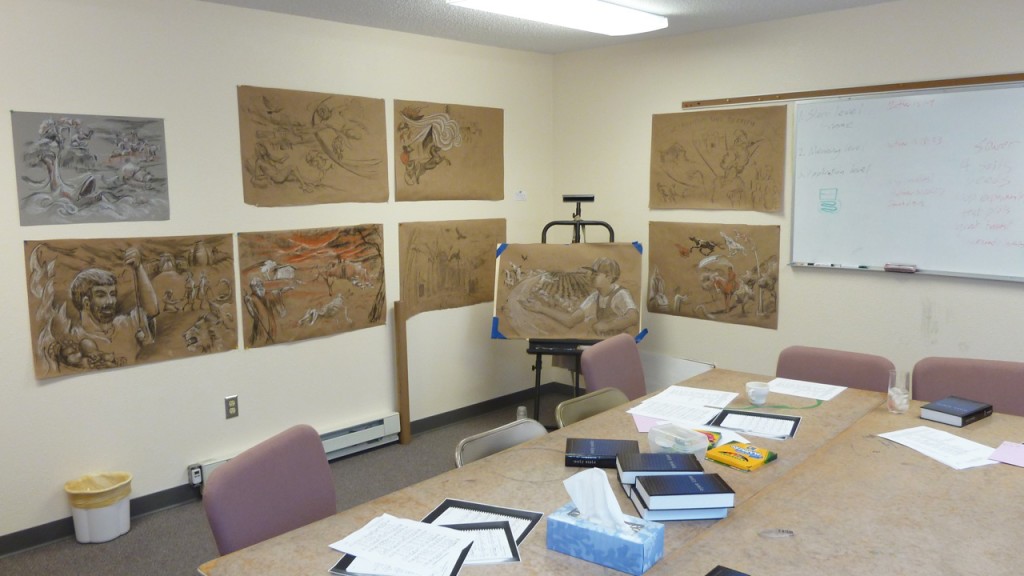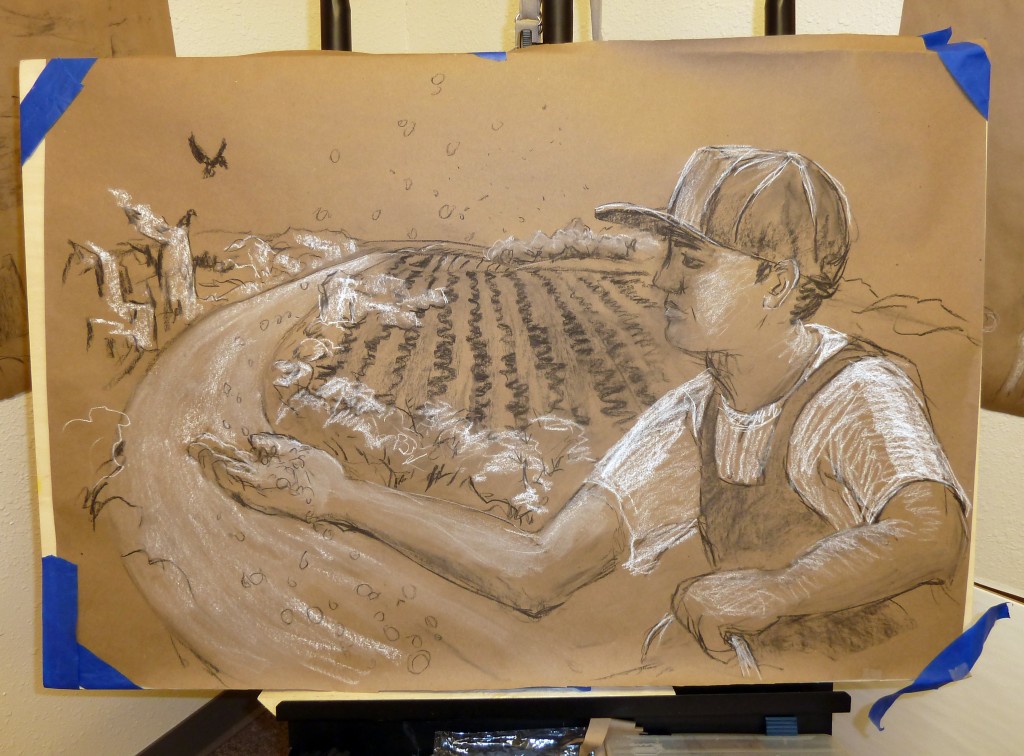The Parables of the Mustard Seed & the Leaven are two short parables from Matthew 13 about the humble beginnings of the Kingdom of God.
The mustard seed was known in the ancient world for its proverbial small size. The seed Jesus had in mind may have been the black mustard plant, which can grow to 10 feet. The leaven the woman worked into the dough would have made enough bread for 100-150 people.
The parables have been understood as referring to the church, individuals, or Jesus’ life. The commentaries I rely on claim their original focus was on Jesus’ ministry. According to Klyne Snodgrass, the Parable of the Mustard Seed “pictures the presence of the kingdom in Jesus’ own ministry, even if others do not recognize it, and Jesus’ expectation of the certain full revelation of the kingdom to come” (Stories with Intent, p. 222).
The application I take from the parables is that the smallest things we do for the Kingdom can bear unexpected fruit. Snodgrass again: “We should expect and implement ‘mustard seed’ thinking, neither disparaging insignificance nor doubting what God can do and does do with small beginnings.… If people are given over to God’s purposes, small beginnings still come to fruition. God seems to be about the business of leavening—magnifying—what seems insignificant” (Stories with Intent, pp. 227, 235).
Art
Naomi was out of town during this lesson so I have none of her original artwork to share. I did find some other art on these parables, but they seem less popular subjects than many other parables.
Parable of the Mustard Seed art:
- Anne Brink. The Tree from a Mustard Seed (2007).
- Nelly Bube. The Mustard Seed.
- Shirley Cunningham. Shelter in the Mustard Seed (2010).
- James B. Janknegt. World’s Smallest Seed (2002).
- Katy Jones. Mustard Tree.
Parable of the Leaven art:
- James B. Janknegt. A Little Leaven (2003).
David McCoy’s The Kingdom Is pictures six different parables from Matthew 13.
Music
And Jesus Said (Selah) includes six songs related to the Parables of the Mustard Seed and Leaven. We chose two of them: “O My Garden” (AJS #21) and “The Kingdom of God Grows Silently” (AJS #19).
“O My Garden,” set to CHARLESTOWN, takes the perspective of the gardener marveling at the growth of the mustard seed.
“O my garden” says the gardener,
“how the mustard seed has grown!
so much more than I imagined,
now it crowds all I have sown.”
“The Kingdom of God Grows Silently” (lyrics by Joy Patterson, music by Amanda Husberg) is my favorite parable hymn and one of two—along with “Where Is the Kingdom” (AJS #1)—we sang most weeks in class. The first two stanzas liken the Kingdom to a mustard seed and to rising yeast. The third pictures the people of God watching eagerly for the Kingdom to appear. Here is the first stanza and chorus:
The Kingdom of God grows silently, silently
like a small mustard seed grows in the earth,
sprouting and pushing its way toward day’s clarity
soon a plant tall as a tree comes to birth.The Kingdom of God, the Kingdom of God
has come, and now is, and is coming to be
the Kingdom of God fulfills on the earth
God’s visions of justice and peace.
This is the second post in a series about our Parables of Jesus Sunday school class. In each post, I make a few observations about the parable, share Naomi Friend’s original artwork she drew during our class, post links to other art about the parable, and share our favorite songs about the parable. The previous post was on the Parable of the Sower.

